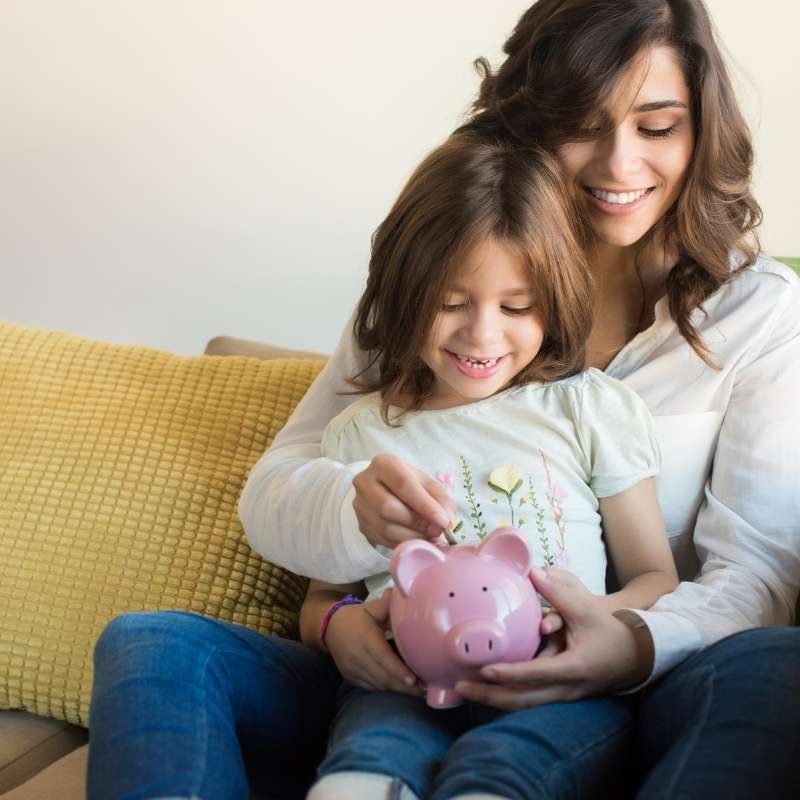The timeline for economic recovery in the U.S. is uncertain. While more than half of the 22 million jobs lost in the spring have been regained, many people are still unemployed. Financial experts have long recommended households to set aside six months' worth of expenses in a dedicated savings account. This hefty amount of cash, known as an emergency fund, could be your financial lifeline during an economic slump.
When a layoff, medical crisis, or other unexpected event threatens to blast through your budget, a fully-funded savings account can shield your household finances until you have a more permanent solution.
Life has a tendency to throw us serious curve balls when we least expect them. Here are three benefits to having an emergency fund savings account in place before you're hit with a surprise out of left field.
1. It Can Keep Debt from Increasing
If you don't have cash set aside for emergencies, you're more likely to use credit cards or loans to cover your expenses when they happen. Adding debt when you're in an emergency situation makes it harder to achieve your financial goals.
2. It Can Help You Maintain a Healthy Credit Score
Late or missed payments can quickly sink your credit score. While you might need to temporarily suspend your debt reduction plan, paying at least the minimum required payments can help keep your credit in good shape.
3. It Can Help Minimize Financial Stress
Enjoy the peace of mind of having your very own financial insurance policy — with no annual premium or deductible required. Use your financial safety net to pay for housing, utilities, groceries, and other necessary expenses until you recover from the financial blow.
If you're currently employed or have a reliable source of income, building your emergency savings account can be a low-stress event when you:
When a layoff, medical crisis, or other unexpected event threatens to blast through your budget, a fully-funded savings account can shield your household finances until you have a more permanent solution.
Life has a tendency to throw us serious curve balls when we least expect them. Here are three benefits to having an emergency fund savings account in place before you're hit with a surprise out of left field.
1. It Can Keep Debt from Increasing
If you don't have cash set aside for emergencies, you're more likely to use credit cards or loans to cover your expenses when they happen. Adding debt when you're in an emergency situation makes it harder to achieve your financial goals.
2. It Can Help You Maintain a Healthy Credit Score
Late or missed payments can quickly sink your credit score. While you might need to temporarily suspend your debt reduction plan, paying at least the minimum required payments can help keep your credit in good shape.
3. It Can Help Minimize Financial Stress
Enjoy the peace of mind of having your very own financial insurance policy — with no annual premium or deductible required. Use your financial safety net to pay for housing, utilities, groceries, and other necessary expenses until you recover from the financial blow.
If you're currently employed or have a reliable source of income, building your emergency savings account can be a low-stress event when you:
- Set a small, initial savings goal equal to three months of living expenses
- Eliminate unnecessary expenses like eating out, and redirect the saved funds to your emergency account
- Include your monthly saving goals as a monthly budget expense
- Set up automatic transfers or direct deposits into a Your Way savings account each month
- Deposit financial windfalls, such as tax refund checks, into the emergency savings account
Don't wait until a financial emergency hits your household to think about creating a financial cushion. Building your fund takes time. The sooner you start, the more time your account will have to grow.
Our CU Thrive account is an easy, automatic way to start building your emergency savings. Begin with as little as $5 a month up to $500 and get a very attractive rate. Learn more about this effortless way to save here.
Others are reading:
- 5 Steps to Handling Medical Bills
- Are Your Finances Ready for 2021?
- 6 Ways to Cut Your Household Food Waste
- Unexpected Early Retirement? How to Protect Your Financial Future
- 7 Winter Energy Savings Tips














Comment